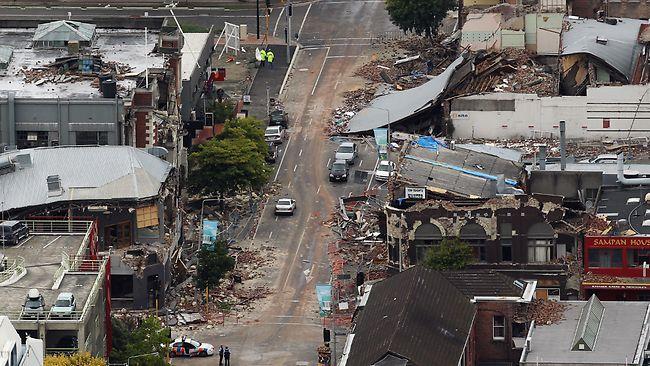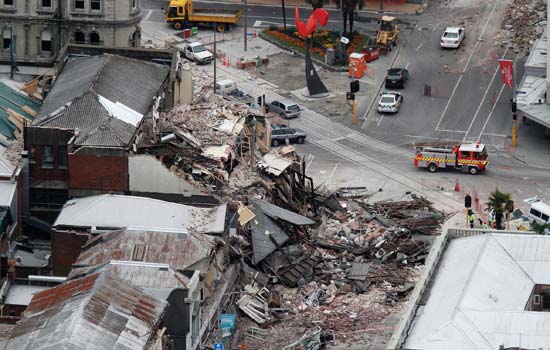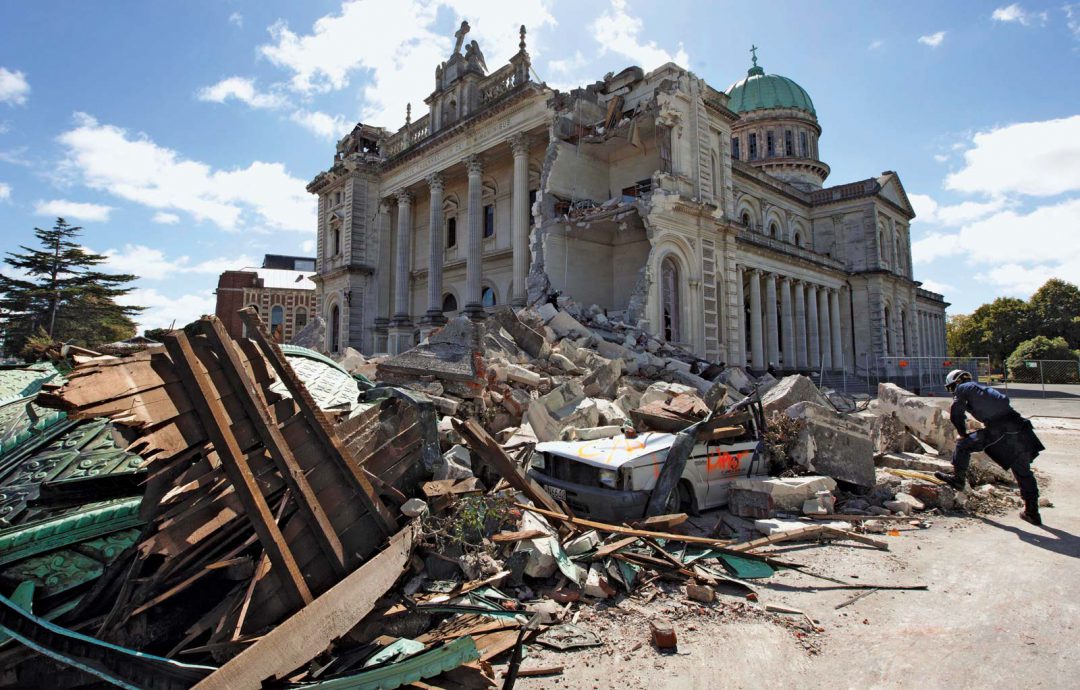The City Council was an interesting loss for the staff at Robertson and Co, as it was outside of our usual scope of Power Plants and complex process plants. It was essentially a large collection of building losses (with some water treatment facilities thrown in!).
A significant earthquake and several aftershocks damaged a City Councils assets and water treatment facilities. Local adjusters had been appointed but the Insured and leading Reinsurers had become frustrated at the lack of progress after more than 2 years. Reinsurers therefore contacted us to get involved and asked us to manage the losses on their behalf.
The management of the loss(es) was complicated by a reluctant fronting Insurer who did everything they could to disrupt the adjusting process. (It turned out in the end that this was because they were trying to hide inadequate reinsurance arrangements).
Our first visit to site was all about fact finding, we spent time trying to understand what the local adjusters had done, where the roadblocks were and why progress had stalled. We received a significant amount of information, much of it interesting but not all that relevant to the management of the losses at hand.
There were over 1,400 losses and locations, over several earthquakes. Identifying incremental damage on an already damaged property (applying multiple deductibles etc.) was very difficult for the local adjusters. After analysis of the reserves and locations, we were able to identify that 20 locations made up over 85% of the damage in terms of value, the Pareto principle in action! We of course elected to focus our efforts on those locations, referred to as the ‘Top 20’. Once these were identified we wanted to meet with the Insured to understand where their priorities lied, as these did not necessarily align with Insurers, and also present them with our desired technical approach.

This was only possible after quite some time and difficulties due to the interference by the fronting Insurers, however we were finally able to meet with the Insured and present them our approach. The Council welcomed our approach, but were of course skeptical due to the animosity that had developed between the local parties. The Council therefore asked that all site visits to the ‘Top 20’ were done in their presence and with sufficient advance notice for them to participate in the inspections. We asked the local adjusters to continue as they had been on the remaining loss locations.
Once the scopes of damage were completed (per site/building and per engineering discipline) we passed these to pre-selected contractors for pricing. As the pricing started to come in it became clear that many of the differences between Insurers and the Insured was down to differences in design profiles.
Our approach identifies Original Design Profile (ODP) and Preferred Design Profile (PDP) and allows for an in depth analysis of their differences.
Due to the earthquakes the insured in some cases couldn’t reinstate to the ODP (for example changes in soil properties and elevations). In most other cases, they were taking the opportunity to redesign and modernize much of their infrastructure.
The fact that the Insured’s policy didn’t cover upgrades and improvements had not been made clear to them.
The majority of the Top 20 wouldn’t be reinstated to their original design profile even if they could and the margin of error on the remaining 1,380+ losses made very little difference to the overall numbers. (10% error for example on 15% of value is only 1.5% overall). We therefore hosted settlement discussions with the Insured and Insurers.
After 2 days of difficult negotiations between the insured and Insurers a settlement based on our calculations was finally reached.


